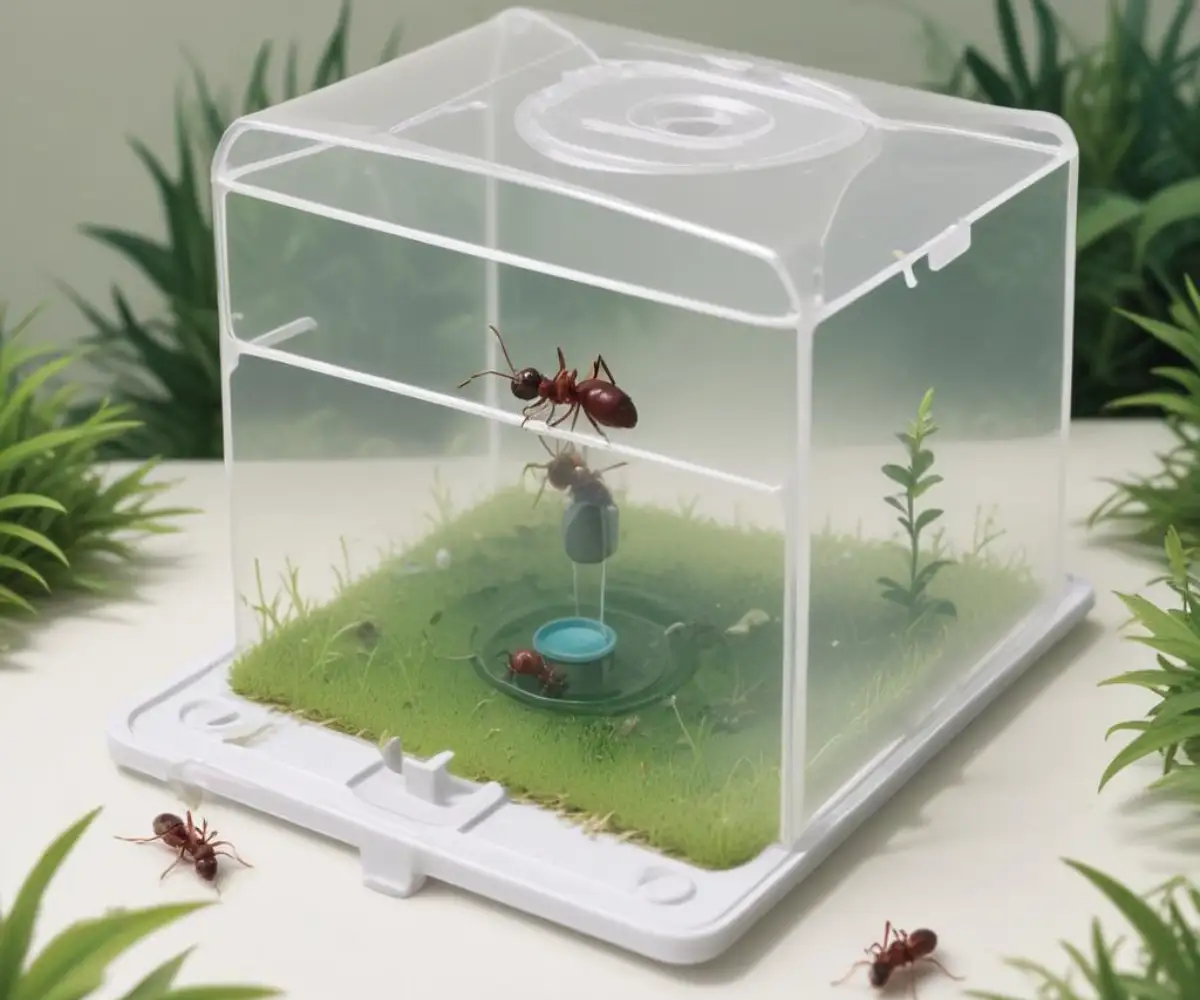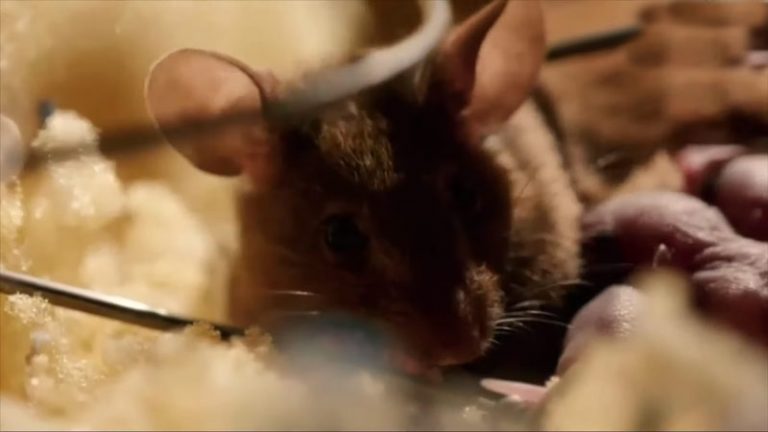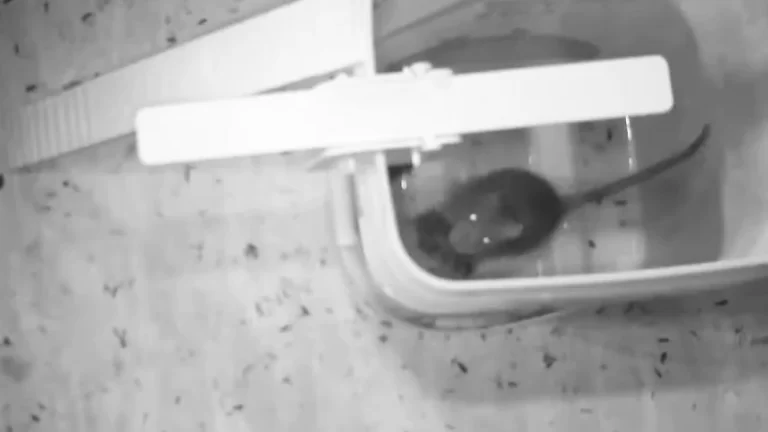Dead Ants in Terro Trap: The Surprising Truth About What It Means
You’ve placed a Terro ant trap, and now you see it: a collection of tiny black bodies, lifeless inside or right next to the bait station. Your immediate thought might be confusion or even concern. Is this supposed to happen? Aren’t they supposed to take the bait back to the colony? Is the trap working, or is it just killing the ants on the spot, failing to eliminate the nest?
This is a common scenario that leaves many homeowners scratching their heads. You’re trying to solve an ant problem, but the evidence of dead ants right at the trap feels counterintuitive. Rest assured, seeing dead ants near your Terro trap is not only normal but is often a strong indicator that the bait is doing its job effectively.
Understanding why this happens requires a deeper look into the science behind the bait, ant behavior, and the process of colony elimination. We will explore exactly what it means when you find dead ants in and around the trap, how to troubleshoot common issues, and how to optimize your strategy for a completely ant-free home.
You'll Learn About
Why Dead Ants at the Trap Are Actually a Good Sign
It might seem strange, but finding casualties at the bait station is a positive development. The ultimate goal of a liquid bait trap like Terro is to have worker ants transport the poison back to the nest and distribute it throughout the colony, eventually reaching the queen. However, the process isn’t always perfectly seamless, and some ants will inevitably succumb to the poison before making it home.
The active ingredient in Terro’s popular liquid ant bait is Borax. This substance works by slowly interfering with an ant’s digestive system. The key here is that it’s slow-acting. This delay is crucial, as it gives the foraging worker ants enough time to consume the bait, travel back to the colony, and share it with other ants and the queen through a process called trophallaxis.
However, the journey back and the amount of bait consumed can vary. Some ants might consume a larger dose or be weaker, causing them to perish at or near the food source—the trap itself. This is a sign that the poison is potent and effective. Think of it as collateral damage in a successful campaign against the entire colony.
The Science of Annihilation: How Terro Liquid Bait Works
To truly understand why you’re seeing dead ants, it’s essential to grasp the mechanics of the bait. Terro’s formula is primarily a mix of sugar, water, and Borax. Ants, particularly common household varieties like Argentine ants or pavement ants, are highly attracted to the sugary liquid as a food source.
When a scout ant discovers the bait station, it consumes the liquid and heads back to the nest. On its way, it leaves behind a pheromone trail. This chemical trail acts as a map, guiding hundreds of other worker ants from the colony directly to the trap. This is why you will often see a surge in ant activity right after placing the bait—a phenomenon that proves the bait is attractive and the process has begun.
As more ants follow the trail and consume the bait, the slow-acting Borax starts to take effect. While many will make it back to the nest to share the lethal meal, others will begin to die on the return journey or even right inside the trap. Seeing these dead ants is visual confirmation that the product is working as intended.
“My Trap is Full of Dead Ants!” — Analyzing Different Scenarios
While dead ants are generally a good sign, the specifics can tell you more about the state of your ant infestation and how to proceed. Different patterns of ant death can reveal what’s happening behind the scenes and whether you need to adjust your approach.
Observing the situation closely can help you determine the most effective next steps. Whether you need to deploy more traps, exercise more patience, or look for additional entry points, the evidence at the trap provides valuable clues. Let’s break down the most common scenarios you might encounter.
Scenario 1: A Few Dead Ants Inside and Near the Trap
This is the most common and ideal scenario. It indicates that the bait is working perfectly. Ants are consuming the poison, and while most are returning to the nest, a few are dying on-site. This suggests the poison is potent but slow-acting enough to be spread effectively throughout the colony.
In this case, your best course of action is to do nothing but wait. Resist the urge to clean up the dead ants or move the trap. The pheromone trail is still active, and the presence of other ants (both living and dead) reinforces that this is a viable food source, encouraging more workers to visit.
Scenario 2: The Trap is Completely Filled with Dead Ants
Sometimes, you might find a trap that is nearly overflowing with dead ants. This can happen for a couple of reasons. You may be dealing with a very large or nearby colony, leading to a massive number of ants visiting the station in a short period. Some of these ants may even drown in the liquid bait before the poison takes full effect.
While it might look like a massacre, this is still a positive outcome. It demonstrates the bait is highly attractive and you are eliminating a significant number of worker ants. If the trap is so full that living ants can no longer access the bait, you should replace it with a fresh trap in the same location to continue the assault on the colony.

Scenario 3: No Dead Ants, But Lots of Activity
If you see a steady stream of ants visiting the trap but find no dead bodies, don’t panic. This is often what happens in the initial 24-48 hours. The ants are busy transporting the bait back to the nest, and the slow-acting poison hasn’t had enough time to start killing them in large numbers.
Patience is key here. The absence of dead ants early on usually means the colony is being effectively dosed. Allow the process to continue for a few days. You should start seeing a significant decline in the number of ants after a week or so as the colony begins to collapse from within.
Scenario 4: Ants Are Ignoring the Trap Completely
What if you place a trap and the ants march right past it? This can be frustrating, but there are logical explanations. The ants may have found a more appealing food source nearby, or the type of ant you have may not be attracted to sweet baits. Some ant species prefer proteins or fats, especially at certain times of the year.
Another possibility is that the bait has been contaminated or has dried out. Ensure the trap is placed directly in their path and not near any repellents like cleaning sprays. If they continue to ignore it, you may need to try a protein-based ant bait to see if their dietary preferences have shifted.
Troubleshooting Your Terro Trap: A Practical Guide
Even with a highly effective product like Terro, you can run into issues. Understanding how to troubleshoot these common problems can be the difference between success and failure in your ant-busting efforts. A little strategic thinking can go a long way.
From bait placement to managing a massive infestation, a few key adjustments can dramatically improve your results. The table below provides a quick reference for identifying and solving the most frequent challenges homeowners face when using ant baits.
| Symptom | Possible Cause | Solution |
|---|---|---|
| Ants are dying too quickly, right at the trap. | The colony is very small and close by, or the bait is slightly too strong for this specific ant species. | Continue baiting. Even if it’s killing them on site, you are still depleting the colony’s workforce. Ensure fresh bait is always available. |
| Ant activity increased, then stopped, but ants are still present elsewhere. | The bait station may be empty, or the ants have become bait-averse. | Check the bait station and replace it if it’s empty. If full, try moving it to a new location along an active trail or switch to a protein-based bait. |
| Ants are avoiding the bait stations entirely. | 1. Bait may be old or contaminated. 2. Ants are seeking protein/fat, not sugar. 3. Other food sources are more attractive. 4. Repellent sprays were used nearby. |
1. Use fresh bait. 2. Try a different type of bait. 3. Clean the area thoroughly to remove crumbs and spills. 4. Do not use cleaning sprays near bait stations. |
| The ant problem persists after more than two weeks. | You may be dealing with a very large colony or multiple separate colonies. | Place multiple bait stations in different locations where you see ant activity. Look for entry points and consider placing outdoor bait stations as well. |
Maximizing Your Success: Pro Tips for Using Terro Ant Traps
To get the most out of your ant baiting strategy, you need to think like an ant. Proper placement and a bit of patience are your most powerful allies. A well-placed trap is exponentially more effective than one that is even a few inches off the mark.
Combining baiting with good sanitation and home maintenance practices will create a comprehensive defense against future invasions. By taking a multi-faceted approach, you not only eliminate the current colony but also make your home a much less attractive target for the next one.
1. Placement is Everything
You must place the bait stations directly in the path of foraging ants. Look for their established trails along baseboards, under appliances, on countertops, and near sinks. Do not place traps in areas where you simply *think* ants might be; place them where you *know* they are.
The goal is to make it impossible for them to miss. The easier it is for them to find the bait, the faster they will establish the pheromone trail and recruit the rest of the colony. This simple step is the most critical for success.
2. Do Not Disturb the Ant Trail
It can be incredibly tempting to spray the line of ants marching to the trap with a cleaner. Resist this temptation at all costs. Killing these ants on contact is counterproductive. These workers are your delivery service, carrying the poison back to the heart of the colony.
Furthermore, cleaning the area can wipe away the pheromone trail they have painstakingly laid. This trail is essential for guiding other ants to the bait. Leave the ants and their trail untouched until all activity has ceased for several days.
3. Remove Competing Food Sources
For the bait to be as attractive as possible, you need to eliminate the competition. Keep your kitchen and other areas scrupulously clean. Wipe up crumbs, clean sticky spills immediately, store food in airtight containers, and empty your trash regularly.
If the ants have access to a smorgasbord of other delicious foods, they will be less inclined to rely solely on your bait station. Making the Terro trap the best and only restaurant in town will ensure they flock to it.
4. Be Patient and Persistent
Ant baiting is not an instant fix; it is a war of attrition. Depending on the size of the colony, it can take anywhere from a few days to a couple of weeks to achieve complete elimination. It’s crucial to leave the bait stations in place for at least 10-14 days.
Keep the bait fresh. If a station is empty or has been out for a while, replace it. Persistence ensures that you kill not just the current workers but also the next generation of ants that hatches within the colony.
5. Seal Entry Points for Long-Term Control
Once you have the current infestation under control, the next step is prevention. Inspect the interior and exterior of your home for cracks and crevices that ants could use as entry points. Pay close attention to areas around windows, doors, pipes, and the foundation.
Sealing these gaps with caulk can physically block their access. This is a critical step in integrated pest management. Problems like foundation cracks can be complex; for instance, sometimes you might wonder why is my asphalt still soft, which could indicate deeper structural issues that also provide pest entryways. Similarly, ensuring you have proper exposed garage ceiling insulation can help seal off another common entry route for pests.
Frequently Asked Questions About Dead Ants and Terro Traps
Homeowners often have similar questions when dealing with an ant infestation for the first time. Having clear, authoritative answers can provide peace of mind and help you stick to the plan without second-guessing your strategy. Here are some of the most common queries.
These questions often arise from direct observation of ant behavior around the traps. Understanding the “why” behind their actions can demystify the process and build confidence in the baiting solution.
Do ants carry their dead away from the trap?
Yes, ants are known to be meticulous housekeepers. They will often carry their dead comrades away from the trail or nest to a designated “graveyard” or refuse pile. So, if you see dead ants one day and they are gone the next, it doesn’t mean the problem is solved; it often means the living ants have simply cleaned up the area.
Why do some ants seem to drown in the liquid bait?
Smaller species of ants, or even just weaker individual ants, can sometimes get stuck in the sticky liquid bait and drown. While not the primary method of killing, it still contributes to reducing the number of worker ants. If you notice this happening a lot, it’s still a sign the trap is working by eliminating foraging ants.
How long should I leave the Terro traps out?
You should leave the bait stations out until you see no more ant activity for at least 3-4 consecutive days. For a large infestation, it’s wise to leave them in place for up to two weeks to ensure you have eradicated the entire colony, including newly hatched ants. Then, you can clean up the area.
Are Terro traps safe to use around pets and children?
While the active ingredient, Borax, has low toxicity to humans and pets in small doses, it is still a pesticide. It’s crucial to place the bait stations in areas inaccessible to children and pets, such as under appliances or inside cabinets. Always read and follow the manufacturer’s safety instructions carefully. A comprehensive approach to home safety and accessibility, like planning how to make a split-level home handicap accessible, should always include considerations for pest control safety.
Conclusion: Trust the Process
Seeing dead ants in your Terro trap is a sign of victory, not failure. It is tangible proof that the ants are taking the bait and the poison is potent enough to kill them. While the ultimate goal is colony elimination through shared bait, casualties along the supply line are a natural and expected part of the process.
By understanding ant behavior, placing your traps strategically, and exercising patience, you can effectively wipe out the entire colony. Remember to remove other food sources, avoid disturbing the ant trails, and replace bait stations as needed. In the battle against ants, the slow and steady approach of liquid baiting wins the war, and those dead ants are the first sign that the tide is turning in your favor.


